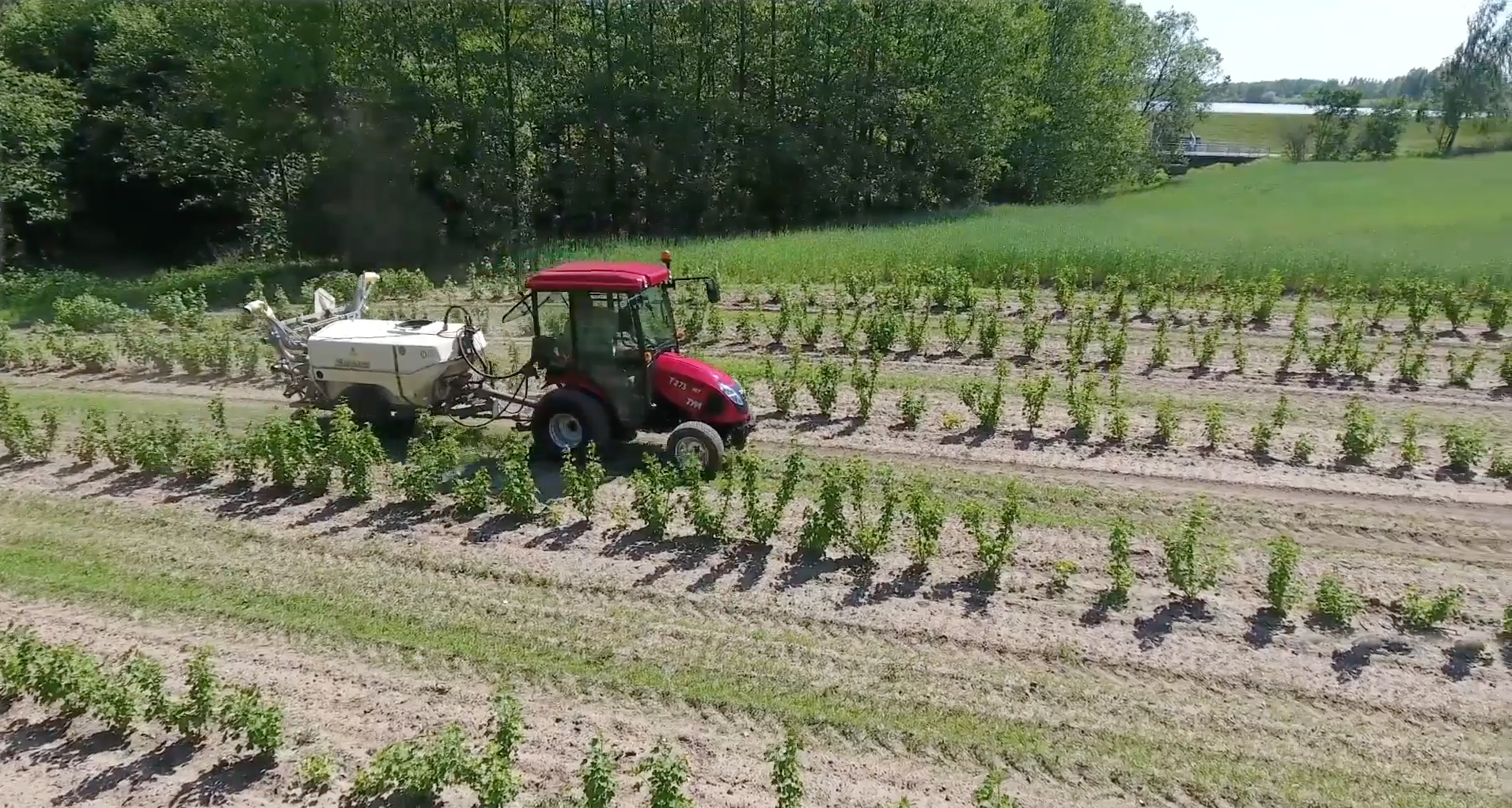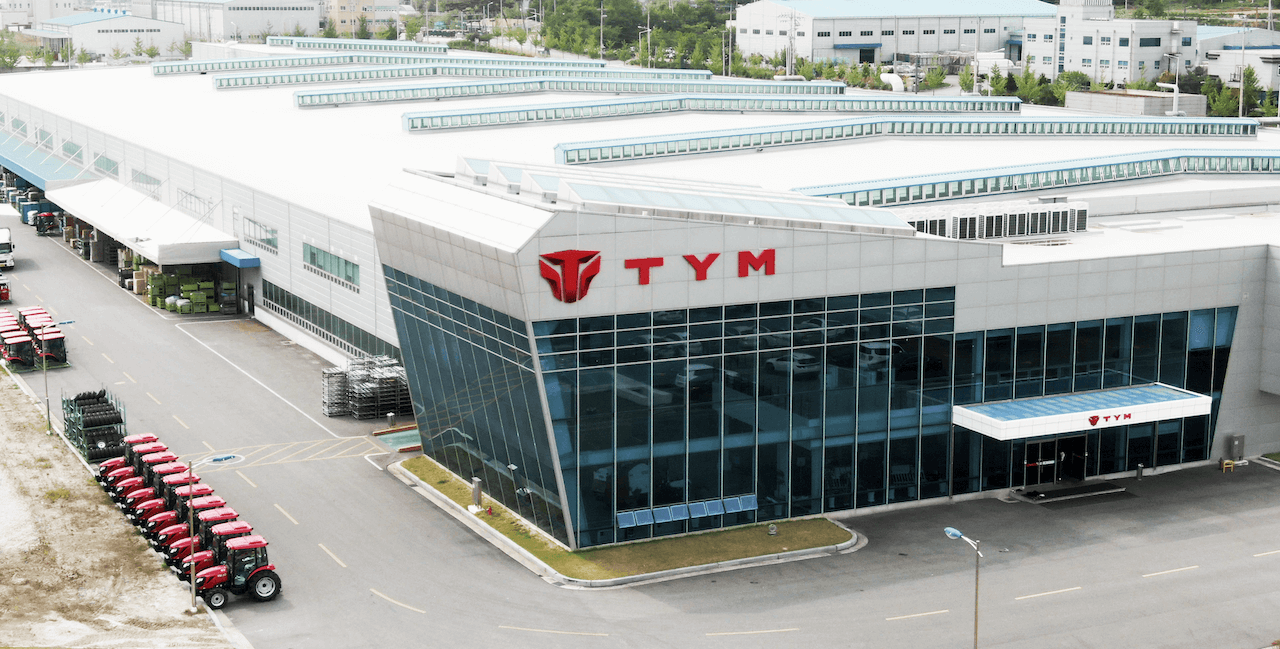
Better known as smart farming, the concept uses information and communication technologies (ICT) to optimize planting, growing, and harvesting crops, plants, and other types of agricultural goods. Powered by ICT, smart farming aims to develop precise agricultural solutions, including autonomous driving.
Traditionally, tractors have been driven by an operator multiple times across the field. From preparing the soil, planting the seeds, managing weeds, checking crops, and harvesting crops, a tractor operator has to do this task throughout the entire land repeatedly.
But driving a tractor is not like driving a car on the road. There are no road marks to follow, and operators have to rely on their full cognitive abilities to go straight towards a distant landmark on each trip. Driving steadily into the unknown takes much time and effort from operators.
Through the help of GPS and the Internet of Things (IoT), manually driven tractors will soon be a thing of the past. Instead, self-driving tractors will allow farmers more time to focus on high-value tasks on their land, like optimizing crop productivity and maximizing tractor efficiency, instead of focusing on whether they are driving the tractor along a straight line.
With this in mind, is the world any close to developing a self-driving tractor? If so, what does it mean for the agricultural industry?
Self-driving tractors
The concept of autonomous driving means operating a vehicle without any human intervention and letting automation direct a car or a tractor by itself. A fully automated self-driving tractor will be programmed to observe its position, control its speed, and avoid getting into accidents.
The idea of an autonomous driving tractor has been around since as early as 1940. However, the technology to operate and automate the process, like AI and location tracking, has only been developed in recent years, which helped improve the development of autonomous driving by leaps and bounds.
In 2016, researchers from Harper Adams University conducted a study called “Hands Free Hectare.” In the study, the researchers converted a tractor and a combine harvester into prototypes of autonomous vehicles. These vehicles would be left on their own to prepare the land, sow seeds, and maintain crops, and no human being was allowed to set foot on the one-hectare farm. Both vehicles were operated remotely from afar through the help of cameras, lasers, and GPS systems.
The project was considered a success. The team of researchers harvested two seasons of grain without any manual labor. It was the first achievement of its kind in the world. In 2019, the project received new funding to expand the project to operate 35 hectares of land and develop three self-driving tractors.
However, outside of the academe, just like the self-driving automobiles, the commercial development of self-driving tractors are works in progress and are being met with limitations of existing technology when it comes to reacting to unknown situations like obstacles on the way. Performing reflexive responses and making snap decisions with spatial positioning are also important topics that can escalate to juristic matters. And while the study from Harper Adams University successfully created a remotely operated tractor, a fully self-driving tractor can be developed further.

The benefits of self-driving tractors
Developing the technology behind autonomous driving opens the door to a universe of possibilities. More than just self-driving tractors, technologies that support autonomous driving meant automation of existing tasks.
Automation could mean using your tractor to survey and collect data from the ambient environment and analyze variables, such as soil conditions, topography, moisture levels, and organic matter content. This data could help farmers and landowners improve the quality of crops and harvests by refining farming techniques to be more precise and accurate. In the long run, this data will enable farmers to run farms with minimal resources and maximize investments.
Self-driving tractors in non-farming applications
The benefits of developing self-driving tractors are not just limited to farming applications. In theory, self-driving tractors could provide ingenious solutions to safety, environmental, and operational problems across various applications like construction, landscaping, and land management.
In particular, snow clearing is one application that could benefit from the advantages of a self-driving tractor. In 2020, the growth of a do-it-yourself trend in consumers had contributed to an increase in sales of snow removal equipment in North America. Moreover, projections point to a continued increase as consumer confidence and disposable incomes rise alongside snow clearing equipment for domestic application.
In the near future, self-driving tractors could be expected to clear piles of snow without wasting finite labor resources. Plows and snow blowers could be attached to self-driving tractors that could work round the clock.
In construction, self-driving tractors could help optimize the production schedule as they could work on repetitive tasks, such as digging, efficiently 24 hours a day. They could also improve safety, as operators are less exposed to accidents and other occupational hazards like tractor overturn. Unlike autonomous cars, self-driving tractors could also be restricted to one area of the construction site through geo-fencing and avoid all possible kinds of accidents.
While these are just some ideas that are being explored at the moment, the possibilities are endless when it comes to self-driving tractors. As much as human-operated tractors offer high versatility, the limitations brought by limited human resources could be overcome by self-driving tractors.

Designing the future of TYM self-driving tractors
Building self-driving tractors for the masses has always been a goal that steers the growth of TYM and is in continuous development. The leading agricultural machinery manufacturer has been developing a straight assist function in their tractors, which is already a landmark step for self-driving innovation in agricultural manufacturing. This feature allows operators to take the guesswork out of driving without any road marks and leave them less concerned while driving tractors.
By exploring autonomous operations, TYM hopes to create a future where farmers will be less dependent on intensive manual labor to cultivate their crops. This innovation will help lower risks by creating predictable, data-based projections on running costs and expected yield. With continuous investments in technology, TYM keeps supporting its vision to always bring the best smart farming solutions designed for your world.
Learn more about TYM and their vision for the future.